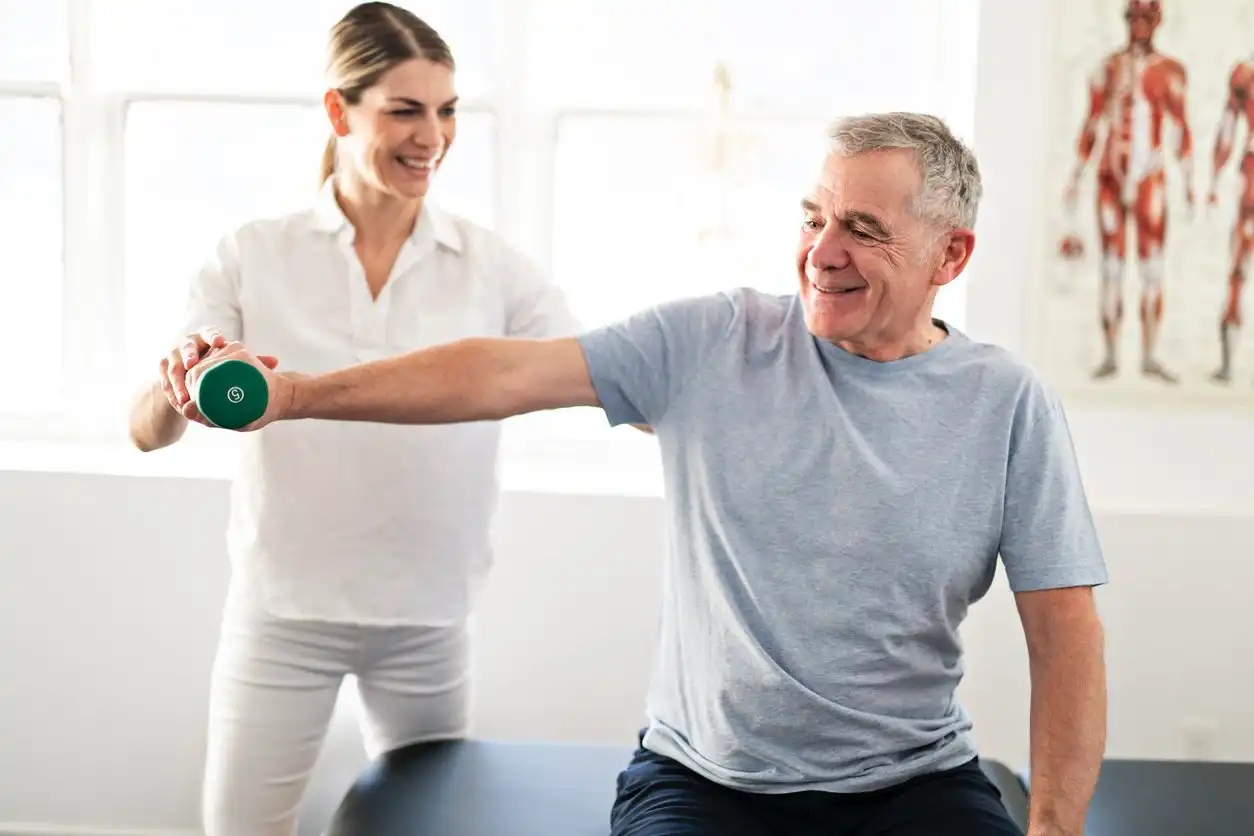Rest Easy: 3 Proven Tips to Ease Tennis Elbow Pain for a Restful Sleep
Have you ever found yourself tossing and turning at night, unable to escape the persistent ache in your elbow? You're not alone. Tennis elbow, a condition that affects millions, can disrupt not only your daily activities but also your much-needed sleep. But fear not! There are effective strategies that can help you ease this discomfort and enjoy a peaceful night's slumber.
Understanding Tennis Elbow and Its Impact on Sleep
Tennis elbow, or lateral epicondylitis, is a condition characterized by pain and tenderness on the outer part of the elbow. It occurs due to overuse and strain of the forearm muscles and tendons. While it might seem like a simple annoyance, the pain can significantly affect your quality of life, especially when it disrupts your sleep.
Imagine laying in bed, trying to drift off, but every movement of your arm sends a sharp reminder of the pain. This continuous cycle can lead to sleep deprivation, affecting your mood, energy levels, and overall health. Understanding the root cause is the first step to addressing it effectively.
Tip 1: Optimize Your Sleeping Position
Basic Level: Start with simple adjustments like using a pillow to support your arm. Elevating your affected arm can reduce pressure and swelling, providing relief.
Intermediate Level: Experiment with different sleeping positions. For example, try sleeping on your back with your arm elevated on a pillow or on your side with the affected arm supported in a neutral position.
Advanced Level: Consider investing in a special orthopedic pillow designed for people with elbow issues. These pillows provide targeted support and help maintain the arm in an optimal position throughout the night.
Tip 2: Evening Routine Adjustments
Basic Level: Apply an ice pack or a cold compress to your elbow for about 15 minutes before bed. This can help reduce inflammation and numb the pain temporarily.
Intermediate Level: Incorporate gentle stretching exercises into your evening routine. Focus on the wrist and forearm to improve flexibility and relieve tension.
Advanced Level: Add a short session of mindfulness meditation or deep breathing exercises to your routine. This can help relax your body and mind, preparing you for a better night's sleep.
Tip 3: At-Home Physical Therapy Exercises
Basic Level: Start with simple wrist flexor and extensor stretches. These exercises can be done in the comfort of your home and require no special equipment.
Intermediate Level: Introduce resistance band exercises to strengthen the muscles around your elbow. This can help prevent future injuries and alleviate current pain.
Advanced Level: Consult with a physical therapist for personalized exercise plans. At "Be On The Move," we specialize in creating customized plans that cater to your unique needs and conditions.
The Transformative Power of At-Home Physical Therapy
Beyond the immediate relief, at-home physical therapy offers numerous emotional and psychological benefits. It empowers you to take control of your health, builds confidence, and enhances your overall sense of well-being. Regular practice can improve mobility, allowing you to age gracefully while staying active.
Embrace the Change
Imagine waking up refreshed, free from the nagging pain that once held you back. By implementing these strategies, you not only improve your sleep but also positively impact your daily life.
At "Be On The Move," we're committed to helping you achieve that goal. With our expert guidance, you can discover more ways to enhance your mobility and wellness.
Conclusion: Take the First Step Today
Don't let tennis elbow pain dictate your life. Incorporate these tips into your routine and experience the difference. Remember, the journey to better health is a marathon, not a sprint. Each small step you take brings you closer to a more comfortable, fulfilling life.
Stay tuned for more insightful articles from "Be On The Move," and let's continue this journey together towards a healthier, more vibrant you.
See you soon,
//❤️ Trudy//
The information provided in this article is intended for general educational and informational purposes only. It is not a substitute for professional medical advice, diagnosis, or treatment. Always seek the advice of your physician or other qualified health provider with any questions you may have regarding a medical condition or before starting any new exercise program. If you experience any pain or difficulty with exercises or advice mentioned in this article, stop immediately and consult your healthcare provider. Be On The Move and its representatives do not assume any responsibility for any aspect of healthcare administered with the aid of information provided herein.




